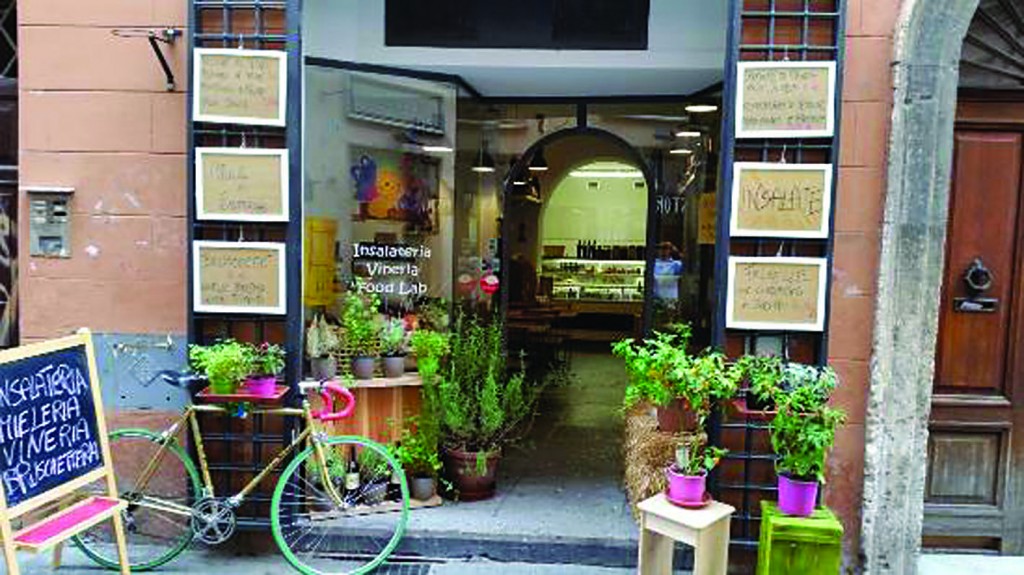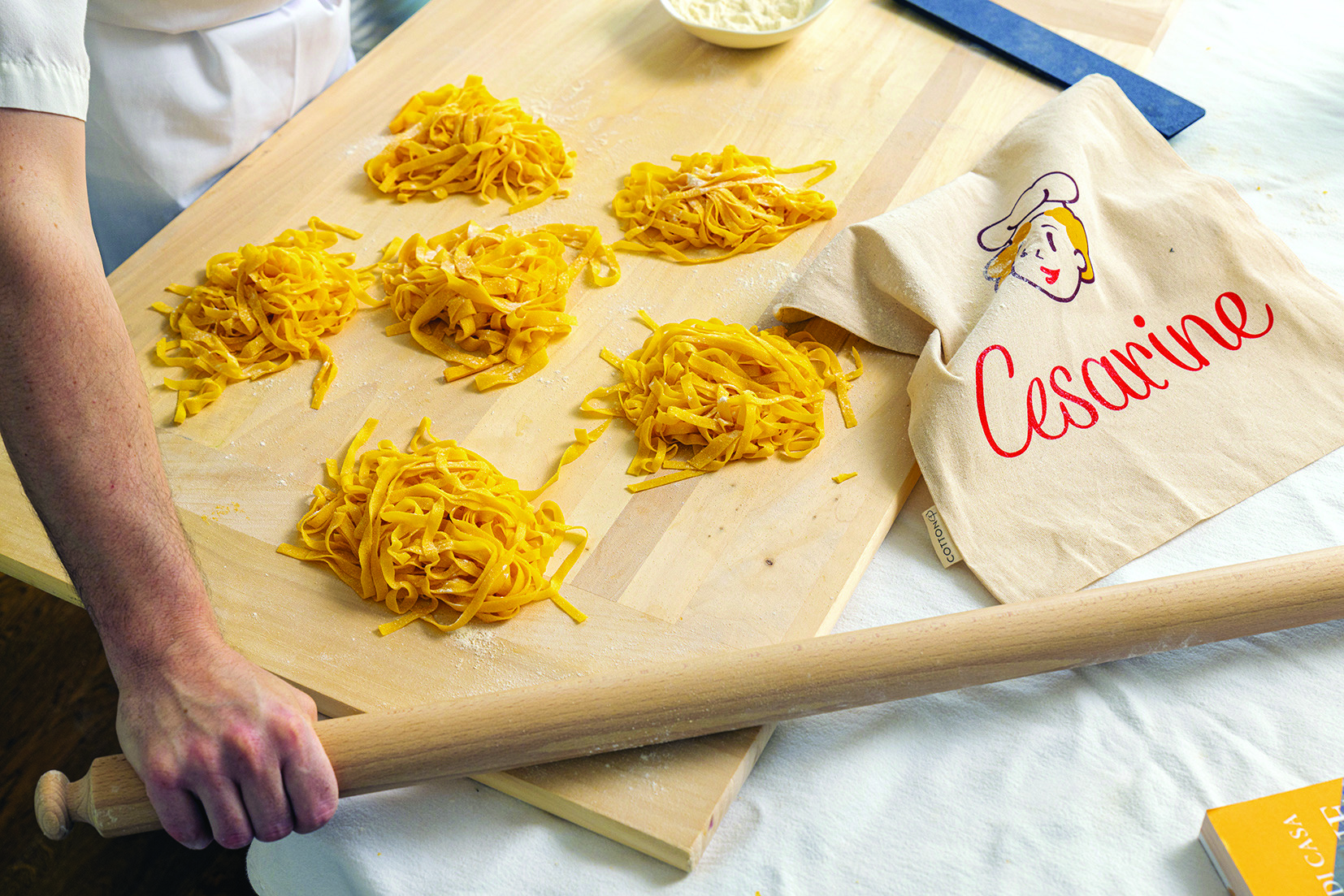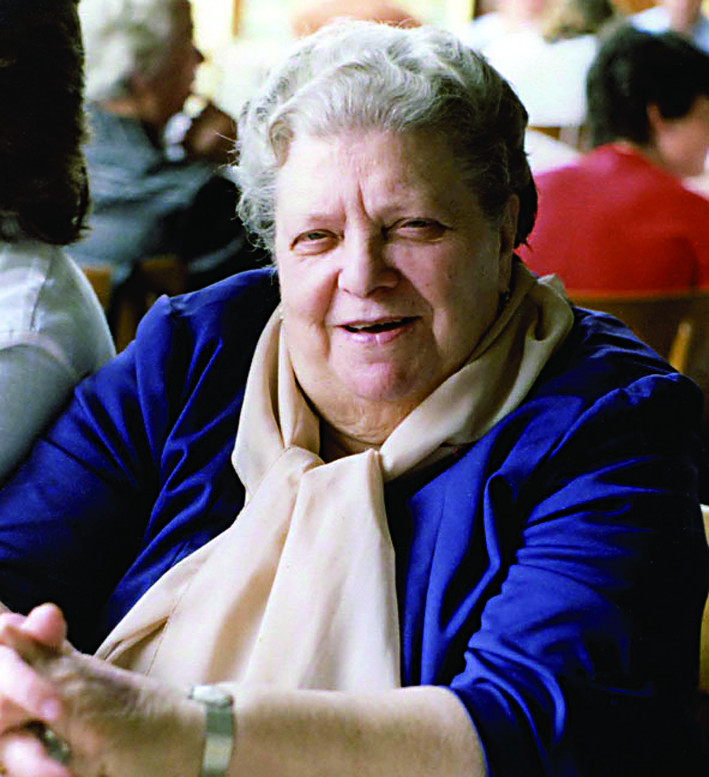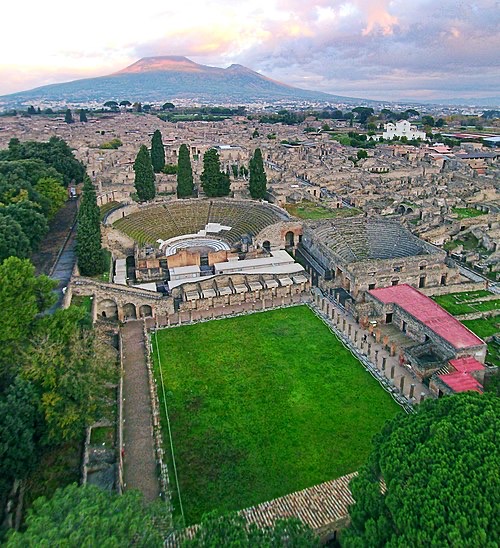
L’Orto Di Maramao, a “rural” oasis in central Rome
During the Middle Ages, Campo de’ Fiori (“Field of Flowers”), today Rome’s oldest open-air fruit-and-vegetable market, was the commercial and touristic center of the city as well as the site of public executions. The most notorious was that of the Dominican poet, philosopher, mathematician and astrologer Giordano Bruno, burned at the stake in 1600. Bruno’s frightening hooded statue stands at the Square’s center, glaring down on today’s shoppers.
Campo de’ Fiori has always been the hub of many narrow streets which branch out from here. Several run towards St. Peter’s and the Tiber. They took their names from the professions of the artisans whose workshops lined them. Examples are Via dei Baullari (trunk-makers), Via dei Cappellari (hat-makers), Via dei Chiavari (key-makers, locksmiths), and Via dei Giubbonari (jacket- or windbreaker-makers).
One other such street is Via del Pellegrino (Pilgrim’s Street). It was originally called Via Florea for its flower sellers and then Via degli Orefici (Jewelers’ Way) for its numerous goldsmith workshops. In the 15th century its name was changed twice. First, but only briefly, it was called Merzariorum, probably in reference to the Lex Mercatoria granted by Cardinal Riario, which allowed for even greater commercial freedom. Secondly, and still valid, it was named Via del Pellegrino. Many derive this latest (and final) name change from a tavern (often called the “Gabella Wine”), dating back to the pontificates of Paul II and Sixtus IV. More likely the name “Pellegrino” derives from the fact that this street took travelers from Campo de’ Fiori to St. Peter’s and was most often used by pilgrims. “In 1887,” reports the website www.mindtheguide.com, “the conditions of the street were deplorable, and Filippo Pacelli (the father of the future Pope Pius XII) warned that Via del Pellegrino was in need of regulation. However, it was only in 1939 that the street’s commercial status was again regulated, and many of the shack-like structures that had been constructed by shopkeepers over the centuries were removed due to serious concerns for public hygiene and safety.”
As for today, the street continues to keep intact the root of its centuries-long history. Tourists, pilgrims, and residents like me continue to enjoy its artisanal workshops and small restaurants. Recently I was captivated by a handwritten blackboard with a vegetarian menu outside a newly-opened osteria or wine shop with the unusual name of L’Orto di Maramao, and I ventured in.
I was immediately welcomed by its vivacious owner, Dino Gasperini, who speaks very good English and explained to me his osteria’s curious name and its rustic furnishings, which include bales of hay, watering cans and other farming tools, and posters of Maramao, the cartoon character.
Maramao was a fictional cat and the title of a song composed in 1939, but based on a nursery rhyme of maybe Neapolitan but certainly Southern Italian origins that dates to the 16th century. The song begins: “Maramao, perché sei morto? Pan e vin non ti mancava…” (“Maramao, why did you die? You weren’t without bread and wine…”). No matter its exact origins, it has often been recited during political protests. For example, the Fascists censored it because it supposedly satirized the death of the powerful politician Costanzo Ciano, the father of Mussolini’s son-in-law, Galeazzo Ciano.
Gasperini, who is of Bolognese ancestry, went on to explain that the reason for the osteria’s name is twofold.
Firstly, Maramao was a very beloved cat who not only had enough food and wine, but also a garden or orto.
Secondly, the restaurant only serves KM 0 (“Kilometer 0”) or very local vegetarian dishes (90% organic): salads, cheese with various honey or jam condiments, and fruit fresh and stewed, or fruit-based sweets, and wines. Gasperini’s aim is for his diners to taste the same unsophisticated flavors as his forebears.
L’Orto di Maramao, Via del Pellegrino 85, tel. 06-64003924, www.ortodmaramao.it, opened in August 2015. Before that, Gasperini, whose favorite dish to prepare is soup, particularly lentil or chickpea-based, was a politician and member of the now-defunct Christian Democratic Party.
A member of Rome’s City Council from 1993-2013, most recently (2010-2013) he was also the city’s Assessore Culturale or Alderman of Culture. Before that he’d followed in his father’s footsteps as the director of the Teatro Testaccio.
Thus he hopes to gradually turn L’Orto di Maramao into a kind of cultural center with readings and concerts (his co-owner brother is a musician) serving organic and vegetarian dishes.






Facebook Comments